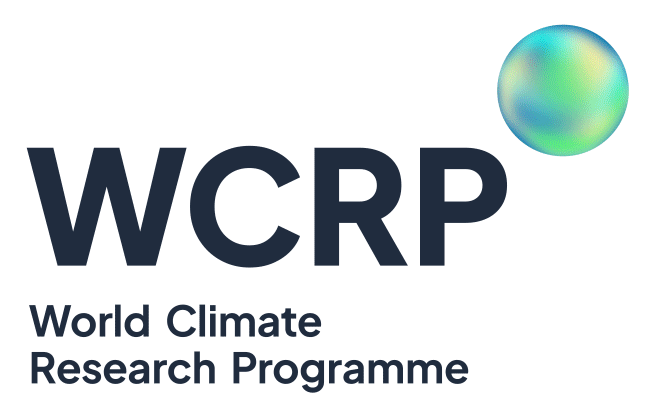Venugopal Thandlam and His Team

Venugopal Thandlam is a PhD student and an enthusiast in understanding the laws of nature. He focuses on studying the Earth and Planetary system science and understanding climate, ocean and atmospheric dynamics using the machine and deep learning techniques, advanced statistical, dynamical as well as numerical models. He aimed at contributing to better forecast and predictions by improving algorithms, parameterization and deploying new techniques. These fields essentially demand good data management, computing, and accessibility, which can be achieved through planning, training, learning, and collaboration.
His career objective is to be associated with research and development for a better understanding of Earth and Space Sciences. Also interested in computational and applied physics, statistics and data science.
Venugopal Thandlam and his team recently published an article on npj Climate and Atmospheric Science, exploring the sea-level variability in the equatorial Indian Ocean and a "monopole" pattern found in the central equatorial Indian Ocean using the climatological data. In this study, they show the relationship between sea-level anomalies (SLA) and upper-ocean parameters in the Equatorial Indian Ocean (EIO). This work also focuses on the variability of SLA obtained from satellite altimeter data in different spatial and temporal scales and its relationship with computed ocean heat content (OHC), dynamic height (DH), and thermocline depth (20 °C isotherm: D20) during 1993–2015. SLA showed low Pearson’s correlation coefficient (CC) with upper-ocean parameters over central EIO resembling a “Monopole” pattern. The Array for Real-time Geostrophic Oceanography (ARGO) in situ profile data in the central EIO also confirmed this. SLA over this monopole showed low correlations with all parameters as compared with eastern and western EIO. These findings show a clear signature of a persisting sea-level monopole in the central EIO. Oscillating SLA over western and eastern EIO during summer and winter monsoon months is found to be responsible for locking this monopole in the central EIO. Both SLA and OHC increased in EIO during 2006–2015 compared with 1993–2005. The month of January showed different east–west trends at different times. This trend during 1993–2015 is neutral, but it shifted from negative during 1993–2005 to positive during 2006–2015.
The full article 'A sea-level monopole in the equatorial Indian Ocean' is available here.










